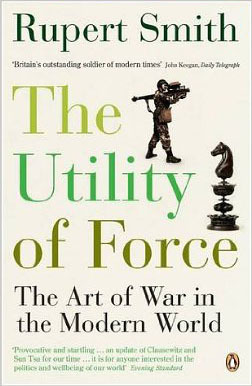What do you think?
Rate this book


415 pages, Kindle Edition
First published September 29, 2005

 , Great Power rivalries are far from over, and as long as these rivalries exist (or even their mere possibility exists), nation-states have no choice but to maintain robust conventional military capabilities.
, Great Power rivalries are far from over, and as long as these rivalries exist (or even their mere possibility exists), nation-states have no choice but to maintain robust conventional military capabilities.